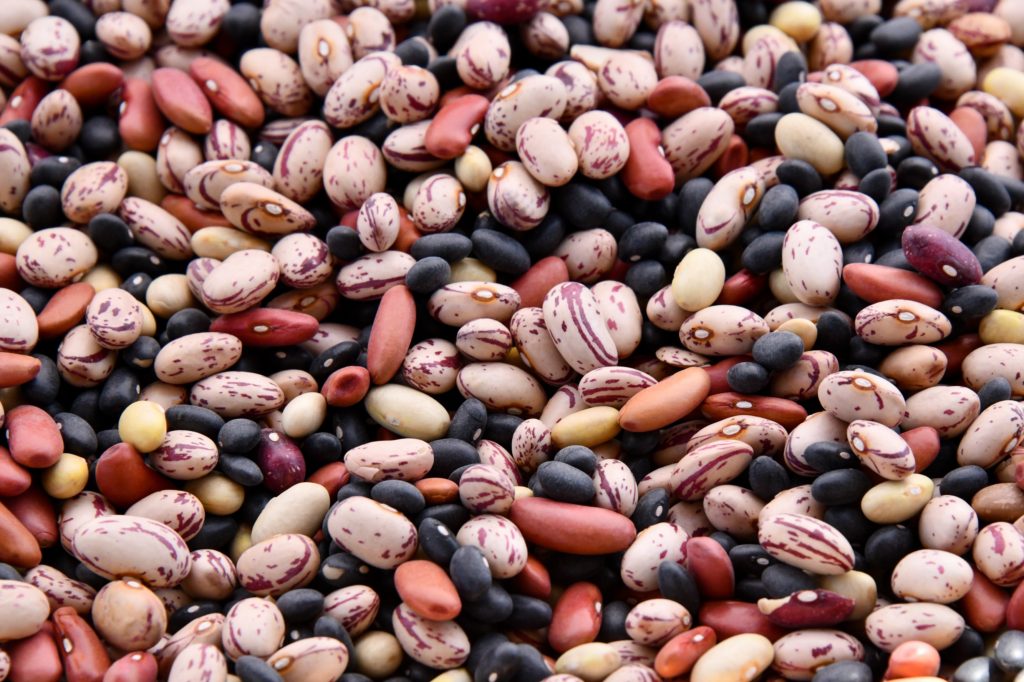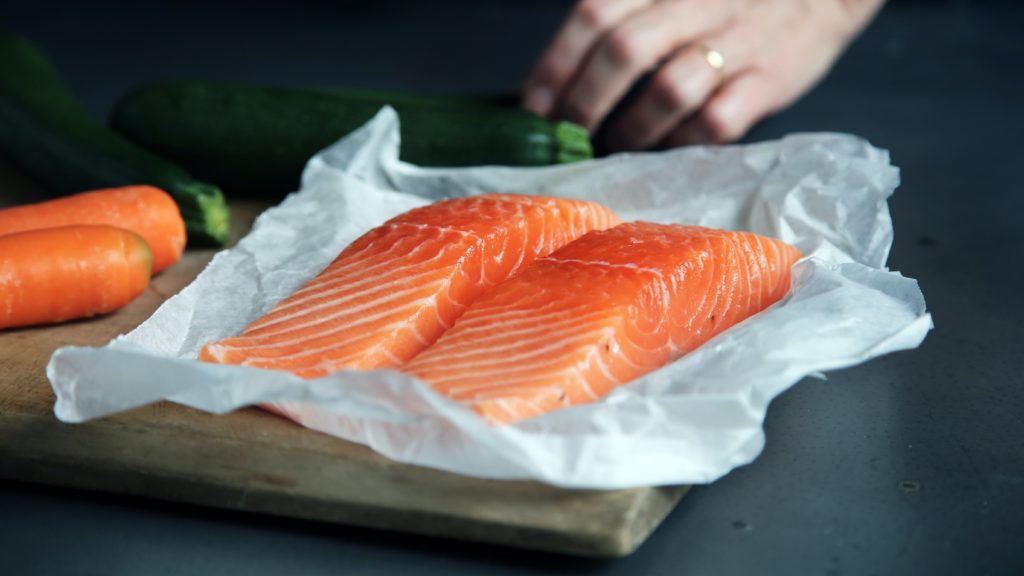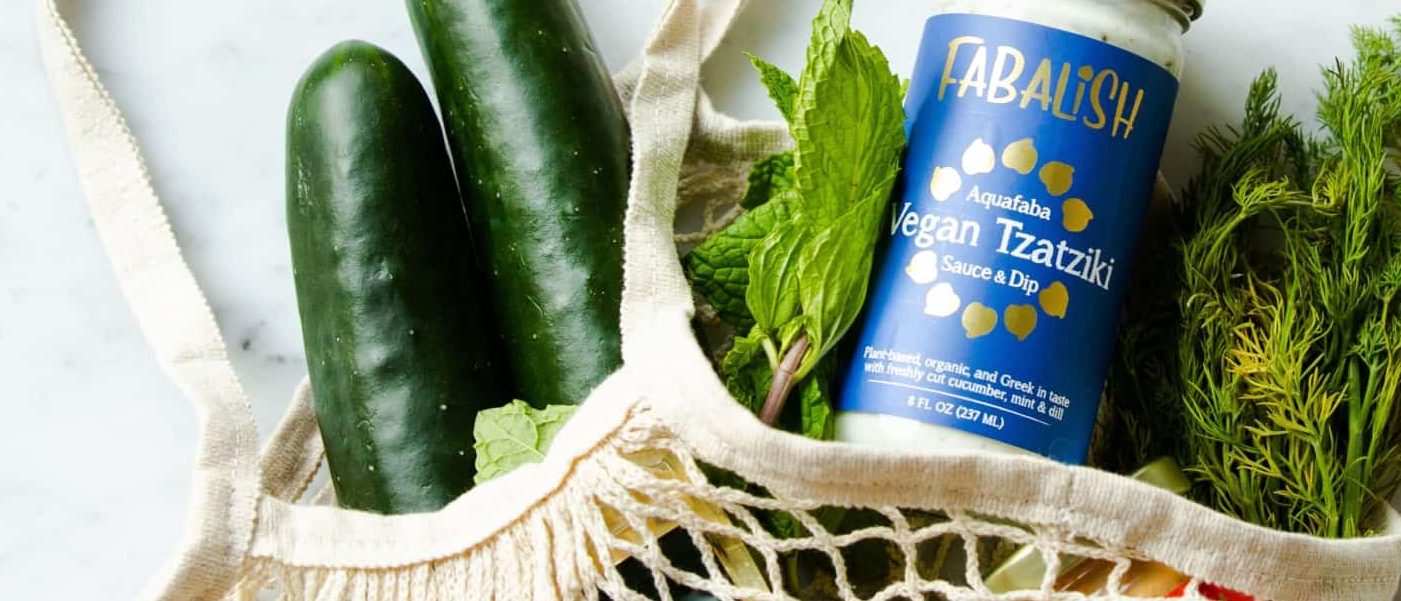Eating Healthy In Tough Economic Times
Just a few weeks ago while using the self-checkout at the grocery store, I noticed the price of a medium-sized onion – $3.50! I had been aware of the steady increase in grocery prices over the past year, but nothing hammered that point home quite like paying $3.50 for a humble onion.
If you’re feeling like your wallet is getting gut-punched every time you enter the grocery store, you’re not crazy. The average cost of groceries in Canada has increased nearly 10% over the past year, the biggest increase in 41 years!(1) And the news gets worse: Canadian food suppliers are warning that further hikes in food prices are coming this fall.
As a dietitian, I’m interested in building healthy dietary patterns for clients. And current inflation aside, I always come up against the simple fact that healthier foods just cost more. That said, there are a few tricks we can all use to enjoy healthy foods without completely pummeling our pocketbooks.
1) Go frozen:
Dietitians suggest that half your meal should be fruit and vegetables, but that’s where the costs can really add up. The good news is, frozen fruit and vegetables are usually quite a bit cheaper and, contrary to popular belief, just as nutritious as their fresh counterparts. These items are usually flash frozen, a process that ensures virtually all their nutrients are retained. And not only are frozen foods cheaper, but they are also a great way to ensure fruit and vegetables aren’t wilting in your fridge. Avoiding food waste is perhaps the most important step you can take to save money on groceries. Here are some of my absolute favourite frozen foods:
· Frozen berries: Berries are rich in antioxidant and anti-inflammatory polyphenols, along with Vitamin C and plenty of healthy fiber. They’re easy to throw into a smoothie or overtop of oatmeal.
· Frozen spinach: Hear me out on this one! While the soggy texture of frozen spinach leaves a lot to be desired, spinach is a great source Vitamin A, Vitamin C, Vitamin K, iron, folate, potassium and fiber. And frozen spinach is more versatile that you might think: add it to a quiche or egg muffins, hide it in pasta sauce, use it in a lasagna or in stuffed pasta shells, make it into a dip…or just use it to boost the nutrient content of your smoothie.
· Frozen peas: peas are an amazing source of protein and fiber, and they also happen to freeze and thaw well. Mix a handful into your cooked rice, eat them with scrambled eggs, or sauté them with garlic and a little bit of butter for a great side dish at dinner.

2) Lots of legumes:
Whether you buy them dried or canned, beans, lentils and chickpeas are packed with nutrients, high in protein and dirt cheap. Legumes are rich in several key minerals, like magnesium, iron, zinc and copper, along with B vitamins, protein and fiber. Unlike animal sources of protein, legumes are easier on the environment and because they do not require copious amounts of nitrogen-rich fertilizer, they will most likely remain impervious to the dramatic inflation affecting other foods.

3) Moderate meat:
Meat has always been a high-ticket item at the grocery store, and now even more so. While meat is rich in bioavailable protein, iron, zinc and B vitamins, it’s not essential that we have meat every day. Try swapping out ground beef in favour of canned lentils when making Bolognese pasta sauce, making a veggie chili (seriously cheap, filling and healthy) or grilling some tofu steaks.

4) Canned fish:
Fish isn’t free from the clutches of inflation, but with a lower unit price, canned seafood allows you to get anti-inflammatory and heart-healthy fats without breaking the bank. Make burgers out of canned salmon or have a tuna salad sandwich at lunch (or, toss it over some leafy greens for a low-carb meal). While it’s true that canning slightly reduces the levels of some vitamins, the protein and important Omega-3 fats in canned fish won’t be lost at all.(2)

5) Buy seasonal:
As great as it can be to enjoy asparagus in September or peaches in January, eating out of season is hard on the pocketbook at the best of times. And, eating seasonally is a great way to enjoy a deeper connection with our food: our ancestors would have celebrated berries in the summer, squash in the fall and nuts in the winter. Not only does eating seasonally save money, but it also puts us back in touch with cycles of the seasons, and that may not be a bad thing: scientists are finding our metabolism changes from one season to the next!(3)
6) Grow your own:
I appreciate that not everyone has the space or the time to plant a massive vegetable garden, but even a few pots of parsley, basil or lettuce out on your fire escape can yield some delicious salad ingredients at a minimal cost. Herbs, in particular, are a great option for a beginning gardener – they’re easy to grow and full of antioxidant and anti-inflammatory polyphenols. Seedlings are available for under $2 in 4-packs at corner produce stores and garden centers, and the resulting plants can be cut and will grow again. Buying fresh herbs from the store, on the other hand, is more of a luxury. And, if you feel more ambitious, there are all kinds of vegetables that can easily be grown in pots, or in any little square of soil in your yard.
7) Buy and freeze extras:
It can be so easy to forget one of the best money-saving tools when it comes to our grocery bill – the freezer! Look out for sales on meat, fish, frozen produce and bread, buy as much as you can fit in your freezer and start saving! Bread freezes surprisingly well, and can even be thrown in the toaster right of the freezer (just do this dietitian a favour and buy whole-grain!).
8) Ditch citrus:
Vitamin C is easily the best-known of the vitamins, and many people worry about getting enough. Sadly, citrus fruit is one of the hardest-hit food items when it comes to inflation. But while citrus might be the Vitamin C poster child, there are other, better sources out there. Bell peppers, kale, broccoli, cauliflower, Brussels sprouts, pineapple, kiwi and mango all boast impressive amounts of Vitamin C – more per cup than oranges!
Eating healthy has never been the cheapest endeavor, but it’s important to consider any money spent on healthy food as an investment, not just in your health, but also in your own financial future. The personal financial cost of chronic illness – co-pays, medications, lost wages – will always eventually outweigh the cost of eating healthy. It’s important to remember that we’re not aiming for perfection: just incorporating a few healthier choices here and there can make all the difference in your long-term health. And with some planning, the cost of healthy food doesn’t have to be prohibitive, even when inflation seems to suggest otherwise.
1. Lettuce, oranges, butter and beef: The cost of grocery staples has surged again and there’s no end in sight [Internet]. thestar.com. 2022 [cited 2022 Jul 22]. Available from: https://www.thestar.com/business/2022/05/18/lettuce-oranges-butter-and-beef-the-cost-of-grocery-staples-has-surged-again-and-theres-no-end-in-sight.html
2. Canned Food – an overview | ScienceDirect Topics [Internet]. [cited 2022 Jul 22]. Available from: https://www.sciencedirect.com/topics/food-science/canned-food
3. Gangwisch JE. Seasonal variation in metabolism: evidence for the role of circannual rhythms in metabolism? Hypertens Res. 2013 May;36(5):392–3.

